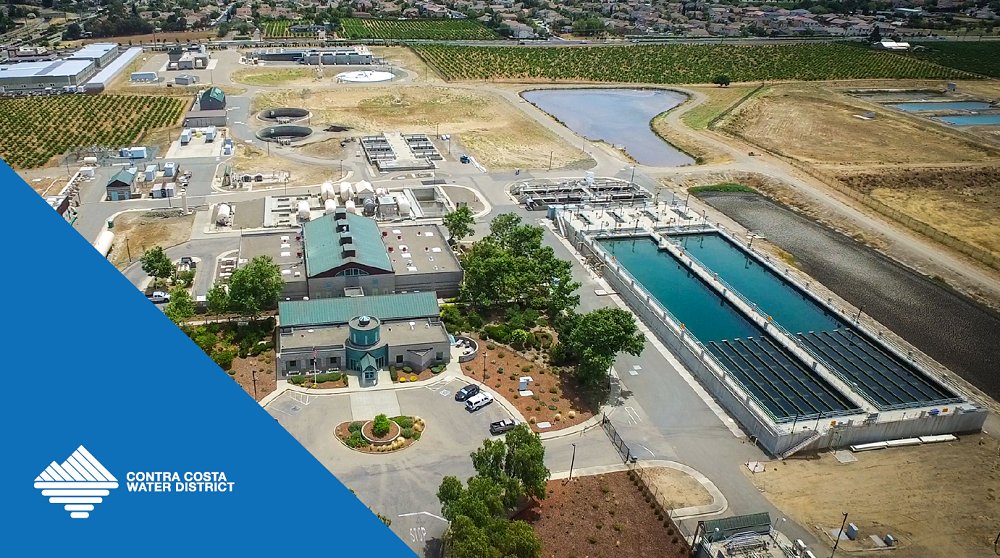As you explore software options for your water utility, you’re bound to run across the terms customizable and configurable. While at first glance these terms may seem interchangeable, they have completely different meanings.Customizable software can be modified with the help of a software engineer. Configurable software can be adjusted and fine-tuned by the end user. That’s the most basic definition—but the differences go deeper.Understanding how customizable and configurable software options differ, and the pros and cons of each, gives you the power to make the most effective choice for your utility. In the long term, that saves you time and resources, smooths out bumps in the compliance and reporting process, and improves your bottom line.
Configuration vs. Customization: A Deeper Dive
Configurable software is adjustable within certain parameters set by the developer. Customizable software is, in theory, infinitely adjustable—so long as you have the resources to hire a developer to change the code for you.
The Chair Metaphor
Think of enterprise software as an office chair.
Your configurable office chair lets you set its height, increase or decrease lumbar support, adjust the tilt of the seat—just about anything you need to make it “just right” for whoever is using it.
However, you can’t take it apart. If you wanted to make really fundamental changes—like adding a lever-activated footrest—you’d be out of luck.Your customizable office chair is different. Sit in it for a moment, and you’ll realize there’s no way to adjust the height, the lumbar support, or the seat tilt. All of those are set by the manufacturer, with the aim of making the chair as comfortable as possible to the most number of people.
Good news, though: This chair can be taken apart. You just have to pay someone at the company that manufactured it to come over to your office and make the changes. Or, you may be able to hire a freelance chair engineer to take care of it instead.
Both types of chair, configurable and customizable, have their benefits and drawbacks. Climbing out of the chair metaphor and returning to enterprise software, that’s what we’ll cover below.

Configurable Software: Pros and Cons
The benefits of configurable software have to do with reduced cost and ease of maintenance, while the drawbacks have to do with hard limits on how much the software can be adapted or changed.
Pros of Configurable Software
- Lower Initial and Lifetime Costs – Because configurable software doesn’t need to be customized for each user, it’s cheaper to develop and deploy on a per-user basis. Those savings are then passed on to the customer. Since configurable software doesn’t need a computer engineer to make updates to code or perform maintenance, the cost of keeping it running is less than that of customizable software.
- Straightforward Scalability – In many cases, the capabilities of configurable software can be expanded by upgrading to a more advanced pricing package, or by purchasing an additional package that integrates with the current software. In the case of customizable software, making such changes typically requires paying engineers to change code. That costs more money, takes longer, and requires more administrative back and forth.
- Guaranteed Compatibility With Updates – Once an engineer changes software code, that software may no longer be compatible with upgrades from the original developer. So, even if you’ve managed to change the software to suit your needs, you may not be able to get updates essential for maintaining security and performance. When you use configurable software, none of the changes you make as a user alter code. Your software is always ready to be updated, and often does so seamlessly and automatically.
- Lower Cost of Cloud Hosting Is Passed On to End User – Cloud-based enterprise software is gradually overtaking locally hosted software in popularity, thanks to ease of maintenance and the reduced cost of hosting. Both configurable and customizable software can be hosted in the cloud, but only configurable software benefits from multi-tenant hosting. Multi-tenant hosting allows one instance of a particular application to run, while serving many users, each of whom has their own particular settings. Customizable software can’t do this, because each version of the app is different for each customer. A technical detail like this may seem like it would only be relevant to a software developer. But it affects your bottom line: the reduced cost of running multi-tenant enterprise software in the cloud gets passed on to you, the customer.
Cons of Configurable Software
- A Definite Limit on Expandability – Configurable software is only configurable within limits set by the developer. If you require a high level of customization—beyond what the vast majority of users is looking for—you may find yourself constrained.
- Too Many Options – Highly configurable software may present a huge swath of options to the user, making it adaptable to many different uses. For some, this can be overwhelming and difficult to navigate, compared to customized software that has been built for one specific use by one specific organization.
Configurable Software Tools Purpose-Built For Water Utilities
Klir brings all of your utility’s mission-critical data together in real time, so you can run a more efficient and sustainable organization. Book a demo of Klir today.

Customizable Software: Pros and Cons
While customizable software is more expensive than configurable software, and adapting it to your needs may be more arduous, it may still be the right choice for organizations with highly specific needs.
Pros of Customizable Software
- Can Be an Easy Switch if You Already Have Engineers Working for You – If you already use a customizable software platform, but you’re upgrading to a new one, there’s a chance you already have in-house IT specialists or computer engineers working for you, or that you’ve developed a working relationship with contractors familiar with software in your industry. In that case, the cost of making necessary code-level changes to software may be less expensive or complicated than it would be for an organization that didn’t have these resources—making the cost-saving advantages of configurable software less significant.
- Potentially Limitless Customization – If you have a unique set of circumstances that sets you apart from everyone else in your field, you may need a software platform that can be considerably altered to suit your needs. While configurable software is typically designed to meet the needs of a diverse set of customers, there are some cases where the options available to you just don’t fit. In that case, customizable software may be your best bet.
Cons of Customizable Software
- Expensive to Develop and Deploy – As covered in the Pros of configurable software section above, customizing software to suit your needs costs you (or the developer) considerably more than purchasing configurable software and adjusting its settings.
- Potential for Getting Locked Into an Older Version – Since there is typically no guarantee that customizations you make to your software will be compatible with future versions, you may not be able to access updates from the developer—putting you at risk of performance issues or even security breaches.
- High Cost of Maintenance – Changes to customizable software that may require hiring a computer engineer can be handled in configurable software by changing settings, upgrading your pricing package, or purchasing a new package from the developer. The result is a higher bill and more work to employ the services of an expert.
- Need for Greater In-house Technical Expertise – Even if you hire an experienced engineer to make changes to your customizable software, you aren’t off the hook in terms of tech knowledge. Communicating your needs to an engineer, and communicating their feedback to stakeholders in your organization, requires a certain amount of familiarity with technology and the software development process. That may be a small amount, if your engineer is particularly good at communicating and the changes you’re requesting are fairly straightforward. Or it could be a large amount if neither is the case. Whereas configurable software is designed to be as user-friendly as possible, customizable software, by its nature, requires some background in tech, and a willingness to get “in the weeds” when it comes to technical matters.
Why Configurable Software Makes Sense for Water Utilities
If it seems like configurable software is—for most users, most of the time—the best choice for the majority of users, that’s because it is. But a few factors make configurable software the higher value option for water utilities in particular.
Every Water Utility is Different
The water utility of Juneau, Alaska has different needs from the water utility of El Paso, Texas. But each requires a software solution that can be adapted to fit its specific situation. Configurable water utility software like Klir is designed with such differences front of mind, so it’s a complete solution for every user.
Your Bottom Line Matters
When budgets get cut, the last thing you need is to sink thousands of dollars into hiring engineers to customize software you’ve already paid for. Configurable software is cheaper to adapt to your specific needs, and cheaper to maintain.
You Can Give Feedback on Changes That Matter
The developer of your configurable software didn’t personally alter the code to your specific needs, but that doesn’t mean they ignore their clients. All successful enterprise software platforms got where they are because they listened to their customers’ feedback while planning updates and new features. To take Klir as an example, we’re continually fielding suggestions and new ideas from our clients, so we can keep delivering a product that suits their needs while providing the most configurability possible.
Harness The Power of Configurable Software With Klir
Ready to see how configurable software can help you build a more resilient, streamlined and effective water utility? Book a demo and get a tour of Klir today.

.svg)
.svg)




.svg)
%201%20(1).svg)